Video Menu
My Favorite Videos
My Favorite Videos
Play The Best Golf Of Your Life in 6 weeks | 3 of 6
Sorry, you need to be a member to access this video.
You Are Just Seconds Away - Become a member here!
Already a member? Log in now
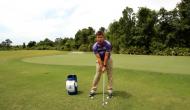
Lesson 3 Play the Best Golf Of Your Life In 6 Weeks, the keys to proper weight shift in your golf swing. Learn to create a powerful golf swing that requires minimal effort. The only Scientifically and biomechanically correct golf swing on the internet.
hey rotary swing golfers welcome back to week number three of the playing the best golf of your life in six weeks series first off i want to start off by apologizing that we didn't get week number three video out on time we had a little bit of a production error in that video we had some mic issues as well so we wanted to be able to circle back redo that video and make sure that you got some really high quality content here so that you can start to progress your way into playing some of your best golf so i know the first couple weeks we talked about number one we were working on making sure that we didn't have a lot of big time head movement also working on loading up our trail leg and maintaining our spine angle while we rotate our body and number two we worked on really shaking out the tension in the arms now this week what we're going to be doing is is we're going to be working on adding weight shift okay to a centered off body position and we're going to be working on controlling the bottom of the swing arc now what does that mean to control the bottom of swing arc well why are golf professionals so good day after day with their ball striking well they get the golf club to bottom out in the same spot pretty much every single time with their irons that's a really critical part to good consistent ball striking is getting the golf club to bottom out or knowing where it's going to bottom out every single time so that's what we're going to be focusing on this week is getting the club allowing our body to feel like it has some movement in it to help us create some momentum help us create some of that speed but also get the club to bottom out in that same spot for good consistent ball striking so let's go ahead and take a look at that drill now and we'll start to lay out a rep range for you and then we'll start to talk about what we're going to be doing in week number four okay guys so the way i've got this drill set up this week is we're going to be focusing in on adding weight transfer and getting the club to bottom out in the same spot every single time so if you're having a hard time with this and you're really starting to lose some of the stuff that we talked about in video number two i would suggest that we circle back to that really work on eliminating some of that tension in the arm because it's going to be really critical for us to be able to get the club to bottom out and not really feel like we're manhandling the club here so what i've done is i've grabbed three golf balls okay this is something you can do right at your house and these first two balls that are closest to me are going to indicate my stance width i've got the ball just on the inside of my toe here on both sides here okay and that's just going to be a representation of my stance width and this is going to make sense to you here in just a second and what i want you to know here is that we're going to be setting up about two inches outside of neutral joint alignment on both sides and if you're unclear as to why we suggest that you set up two inches outside of neutral joint alignment or what the heck that even means then i've got a great video that's in the link in the description below you can go ahead and click that video we'll talk about the importance of determining how to get proper stance width based off of neutral joint alignment and not worrying about shoulder width apart which is something that we've always heard through golf instruction so all right so we're going to be two inches outside of neutral joint alignment here on both sides okay and this third ball is going to be a representation of where i want the golf club to bottom out okay now how do i get the how did i determine where this ball is going to be so here's what i want you to do is i want you to set up about 50 50 okay both arms are going to be hanging relaxed so 50 of my weight my right leg 50 of my weight in my left leg and all i'm going to do is i'm going to keep my arms and my head really still and i'm going to shift my weight over to my left side by rolling to the inside part of my right ankle here okay so now what i want you to notice here is because my arms are going to be hanging freely you see how my club moved forward a little bit here this is where the golf club would be bottoming out this is the lowest point of the golf swing here okay so we that's where the golf club is on its last point down and its first point up so we want to understand that that's the bottom of the swing arc because i've shifted my weight left both my arms are relaxed okay and they're in a straight position now normally because we want to hit the golf ball we want to hit down on the golf ball to help compress it we would want the ball just behind the bottom of the swing arc okay so you can see that this is where my bottom would be so my ball position would be right here now the reason why i have this ball up in the position where the bottom of the arc is is it's just an indicator okay it's just for you to have a little a little piece of notification if you're getting the club to bottom out in the same spot so again the way this drill is going to work all right was we're going to set up we're going to have our left arm hanging freely okay our lead arm and we're going to go ahead and move our let our lead foot in towards our right and we're going to swing the club back to about hip high okay so now what i want you to try and focus on here is we're going to step back out okay so you can see that i'm back into my proper stance width and at that point i'm just going to let the arm fall and release okay so i pull it back in hip high step out head still you can see that that club bottom down a pretty good spot there step out let the arm fall and release okay that club bottom down a pretty good spot step out okay once you get 20 of these in a row then you can start to increase the amount of of width to this swing so we're going to start out with going hip high now we're going to go back to about shoulder height okay so we're going to pull our arm our foot in we're going to shift our weight and the arm is going to fall and release now if you notice that your club's coming down a little bit on the steeper side chances are you're allowing your head to move a little bit too much so once you step out i want you to hold your head really still okay and what that'll do is it's going to help you create some secondary axis tilt which is just simply the spine leaning back which helps shallow the golf swing out once you get 20 of those in a row then i want you to go a little bit further you're going to almost go into almost a full swing mode here so we're going to step out let the arm fall and release once you get 20 of those in a row then start the start the process over the next day i want you guys to work on this at least five out of seven days if you can't get 20 in a row don't worry about it circle back to video number two start to work on tension and then come back to this video and you'll start to see that okay now i'm adding weight shift i'm eliminating that tension in the arm i'm stepping out the arm is swinging and the golf club will bottom out in the same spot every single time all right guys so i wish you guys the best of luck this week good luck post up in the comments below if you have any sorts of questions on this particular drill this is going to be mission critical to make sure we get this down before we start talking in video number four about how to maintain spine angle through the hitting area properly so you don't have any early extension of the spine good luck guys let's make it a great day we'll see you next time











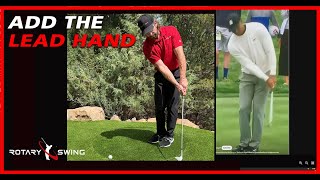











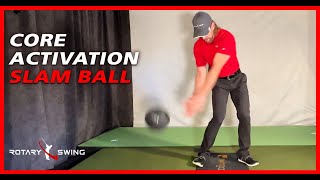





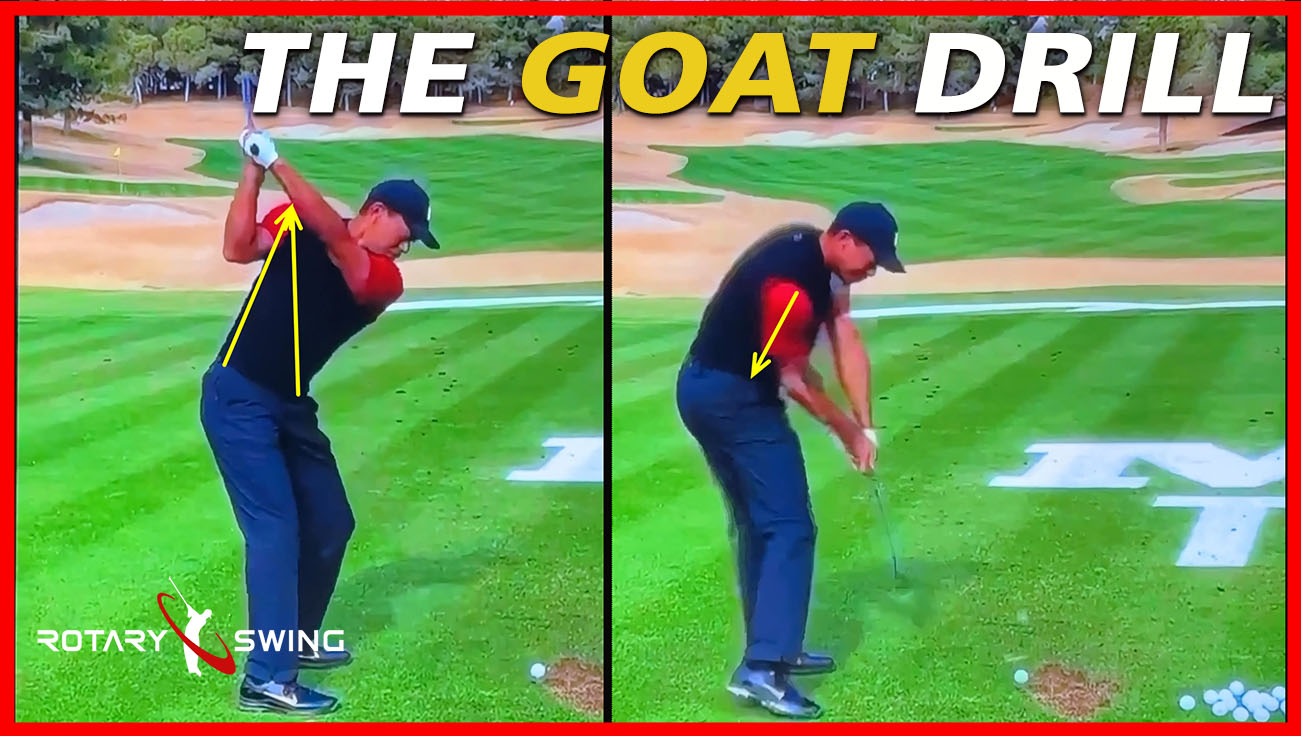


















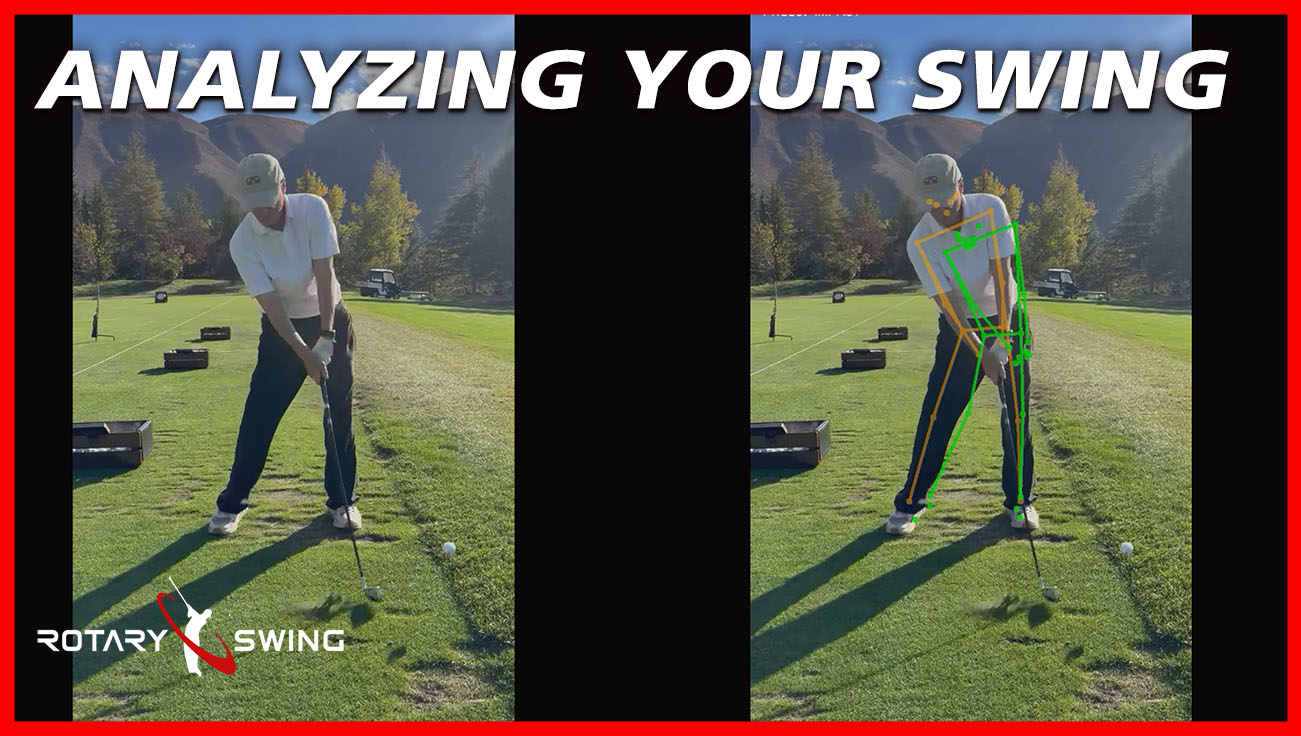






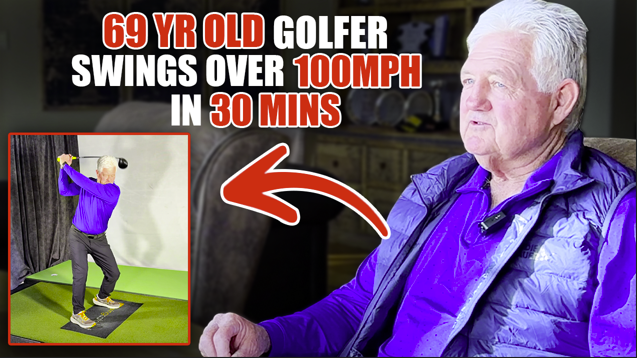
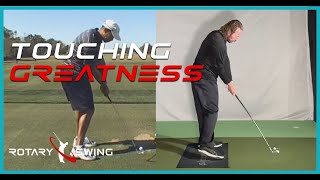













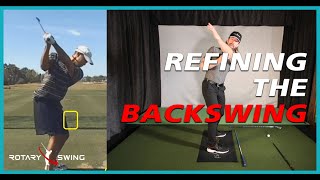







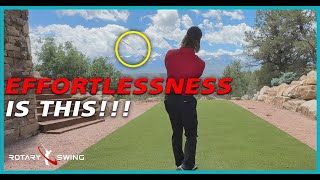
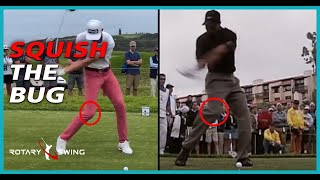
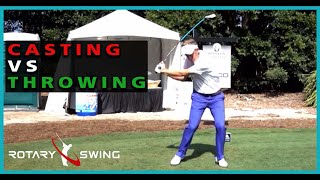



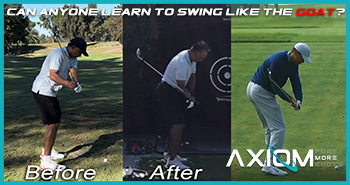






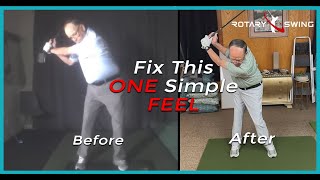











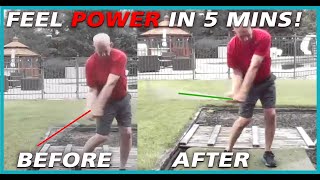


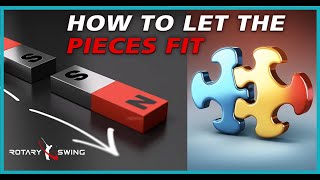






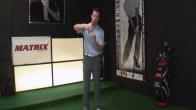













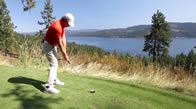



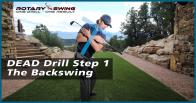

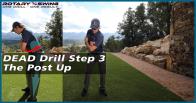










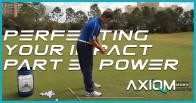











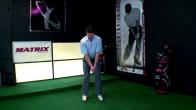



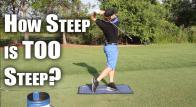


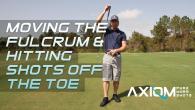



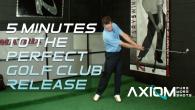

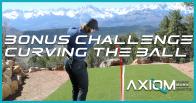






















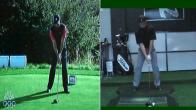



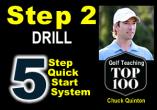






















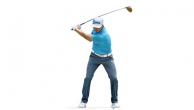

































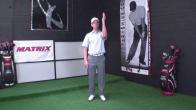




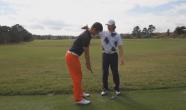















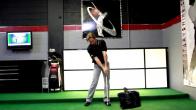



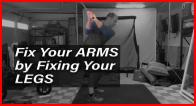


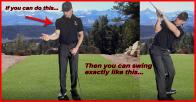




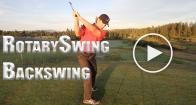

















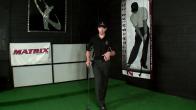







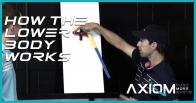












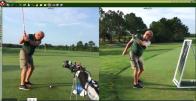






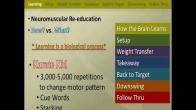


















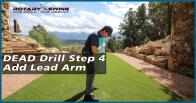




















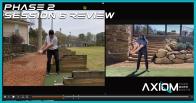







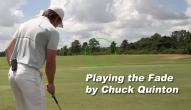











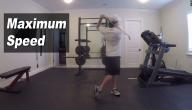

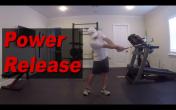
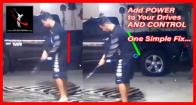


















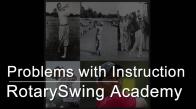







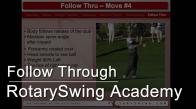
















































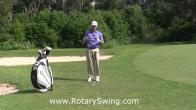











Roy
Craig (Certified RST Instructor)
Tram
Chris (Certified RST Instructor)
David
Craig (Certified RST Instructor)
Amaury
Craig (Certified RST Instructor)
T David
Craig (Certified RST Instructor)
T David
Craig (Certified RST Instructor)
T David
Craig (Certified RST Instructor)
stephen
Craig (Certified RST Instructor)
Iain
Craig (Certified RST Instructor)
Richard
Craig (Certified RST Instructor)
Peter
Craig (Certified RST Instructor)
Peter
Nacho
Craig (Certified RST Instructor)
Barry
Craig (Certified RST Instructor)
hubert
Craig (Certified RST Instructor)
Martin
Craig (Certified RST Instructor)
Rocco
Craig (Certified RST Instructor)
Rocco
Craig (Certified RST Instructor)
Rocco
Craig (Certified RST Instructor)
Rocco
Craig (Certified RST Instructor)
Rocco
Craig (Certified RST Instructor)
Rocco
Craig (Certified RST Instructor)
Tim
Craig (Certified RST Instructor)
alan
Craig (Certified RST Instructor)